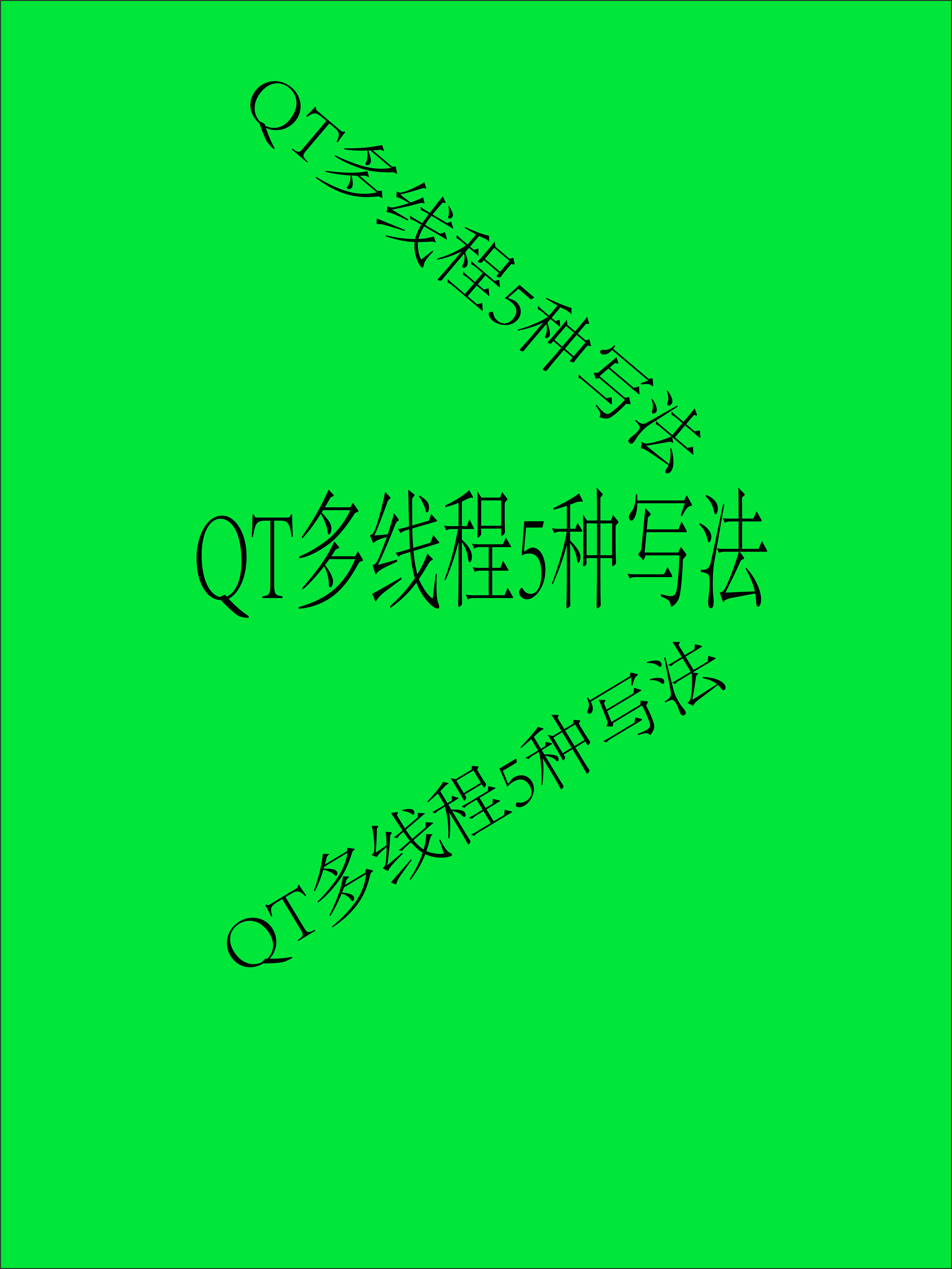您现在的位置是:首页 >技术教程 >基于Spring Boot的分布式网上售卖系统设计网站首页技术教程
基于Spring Boot的分布式网上售卖系统设计
简介基于Spring Boot的分布式网上售卖系统设计
基于Spring Boot的分布式网上售卖系统设计需要考虑分布式架构的特点,包括服务拆分、服务治理、数据一致性、分布式缓存、消息队列等。以下是详细的设计思路和实现方案:

一、系统架构设计
1. 架构图
+-------------------+ +-------------------+ +-------------------+
| Web Frontend | | Mobile App | | Admin Portal |
+-------------------+ +-------------------+ +-------------------+
| | |
| | |
v v v
+---------------------------------------------------------------+
| API Gateway |
+---------------------------------------------------------------+
| | |
| | |
v v v
+-------------------+ +-------------------+ +-------------------+
| User Service | | Product Service | | Order Service |
+-------------------+ +-------------------+ +-------------------+
| | |
| | |
v v v
+-------------------+ +-------------------+ +-------------------+
| MySQL Cluster | | Elasticsearch | | Redis Cluster |
+-------------------+ +-------------------+ +-------------------+
2. 服务拆分
- 用户服务(User Service):负责用户注册、登录、权限管理。
- 商品服务(Product Service):负责商品管理、分类、搜索。
- 订单服务(Order Service):负责订单创建、支付、状态管理。
- 购物车服务(Cart Service):负责购物车管理。
- 支付服务(Payment Service):负责支付接口集成。
- 库存服务(Inventory Service):负责库存管理。
- 通知服务(Notification Service):负责短信、邮件通知。
二、技术选型
- 开发框架:Spring Boot 3.x
- 服务注册与发现:Nacos / Eureka
- 配置中心:Nacos / Spring Cloud Config
- API网关:Spring Cloud Gateway
- 分布式缓存:Redis Cluster
- 消息队列:RabbitMQ / Kafka
- 数据库:MySQL(分库分表)、Elasticsearch(搜索)
- 分布式事务:Seata
- 监控与日志:Prometheus + Grafana + ELK
- 容器化:Docker + Kubernetes
三、核心功能实现
1. 服务注册与发现(Nacos)
- 依赖:
<dependency> <groupId>com.alibaba.cloud</groupId> <artifactId>spring-cloud-starter-alibaba-nacos-discovery</artifactId> </dependency> - 配置:
spring: cloud: nacos: discovery: server-addr: localhost:8848
2. API网关(Spring Cloud Gateway)
- 依赖:
<dependency> <groupId>org.springframework.cloud</groupId> <artifactId>spring-cloud-starter-gateway</artifactId> </dependency> - 配置:
spring: cloud: gateway: routes: - id: user-service uri: lb://user-service predicates: - Path=/api/user/** - id: product-service uri: lb://product-service predicates: - Path=/api/product/**
3. 分布式缓存(Redis Cluster)
- 依赖:
<dependency> <groupId>org.springframework.boot</groupId> <artifactId>spring-boot-starter-data-redis</artifactId> </dependency> - 配置:
spring: redis: cluster: nodes: localhost:7001,localhost:7002,localhost:7003
4. 消息队列(RabbitMQ)
- 依赖:
<dependency> <groupId>org.springframework.boot</groupId> <artifactId>spring-boot-starter-amqp</artifactId> </dependency> - 配置:
spring: rabbitmq: host: localhost port: 5672 username: guest password: guest
5. 分布式事务(Seata)
- 依赖:
<dependency> <groupId>com.alibaba.cloud</groupId> <artifactId>spring-cloud-starter-alibaba-seata</artifactId> </dependency> - 配置:
seata: tx-service-group: my_tx_group service: vgroup-mapping: my_tx_group: default
四、核心代码示例
1. 商品服务(Product Service)
-
实体类:
@Data @Entity public class Product { @Id @GeneratedValue(strategy = GenerationType.IDENTITY) private Long id; private String name; private Double price; private Integer stock; private String category; } -
服务层:
@Service public class ProductService { @Autowired private ProductRepository productRepository; public Product getProductById(Long id) { return productRepository.findById(id).orElse(null); } public void reduceStock(Long productId, Integer quantity) { Product product = productRepository.findById(productId).orElseThrow(); product.setStock(product.getStock() - quantity); productRepository.save(product); } }
2. 订单服务(Order Service)
-
实体类:
@Data @Entity public class Order { @Id @GeneratedValue(strategy = GenerationType.IDENTITY) private Long id; private Long userId; private Double totalAmount; private String status; } -
服务层:
@Service public class OrderService { @Autowired private ProductService productService; @Autowired private OrderRepository orderRepository; @Transactional public void createOrder(Long userId, Long productId, Integer quantity) { // 扣减库存 productService.reduceStock(productId, quantity); // 创建订单 Order order = new Order(); order.setUserId(userId); order.setTotalAmount(productService.getProductById(productId).getPrice() * quantity); order.setStatus("CREATED"); orderRepository.save(order); } }
3. 分布式事务(Seata)
- 全局事务注解:
@GlobalTransactional public void createOrder(Long userId, Long productId, Integer quantity) { orderService.createOrder(userId, productId, quantity); }
五、部署与运维
-
容器化部署:
- 使用Docker打包每个服务。
- 使用Kubernetes进行服务编排。
-
监控与日志:
- 使用Prometheus监控服务性能。
- 使用ELK收集和分析日志。
-
自动化运维:
- 使用Jenkins实现CI/CD。
六、扩展方向
- 微服务治理:引入Sentinel实现流量控制。
- 数据分片:使用ShardingSphere实现分库分表。
- 国际化:支持多语言和多货币。
通过以上设计,可以构建一个高可用、高性能的分布式网上售卖系统。如果需要完整源码或进一步指导,可以联系我!
风语者!平时喜欢研究各种技术,目前在从事后端开发工作,热爱生活、热爱工作。






 U8W/U8W-Mini使用与常见问题解决
U8W/U8W-Mini使用与常见问题解决 QT多线程的5种用法,通过使用线程解决UI主界面的耗时操作代码,防止界面卡死。...
QT多线程的5种用法,通过使用线程解决UI主界面的耗时操作代码,防止界面卡死。... stm32使用HAL库配置串口中断收发数据(保姆级教程)
stm32使用HAL库配置串口中断收发数据(保姆级教程) 分享几个国内免费的ChatGPT镜像网址(亲测有效)
分享几个国内免费的ChatGPT镜像网址(亲测有效) Allegro16.6差分等长设置及走线总结
Allegro16.6差分等长设置及走线总结